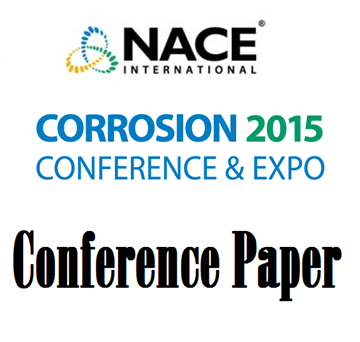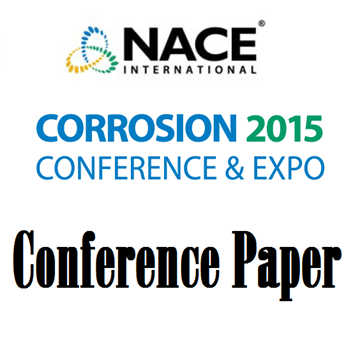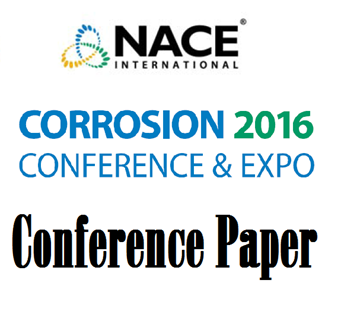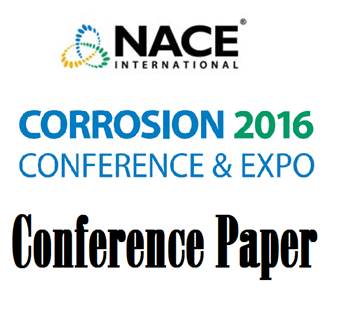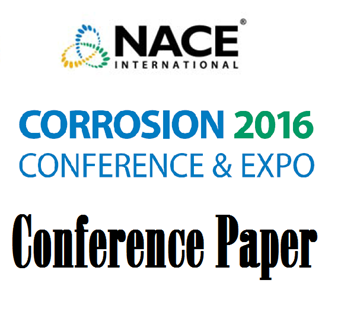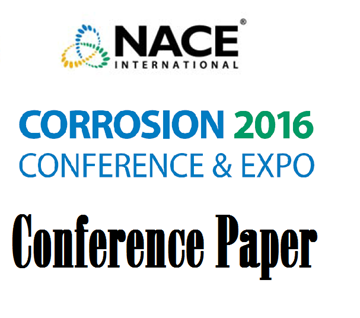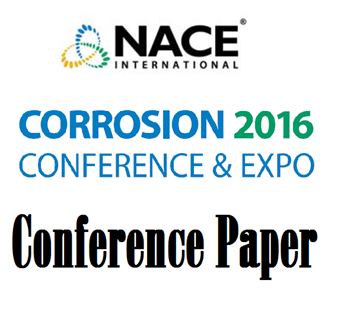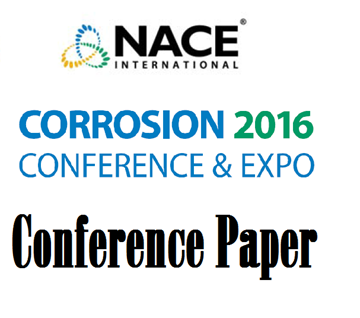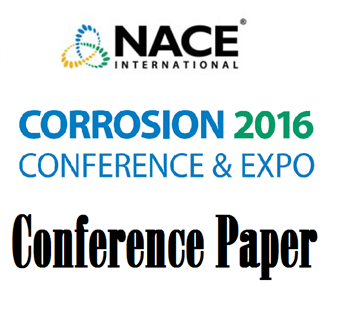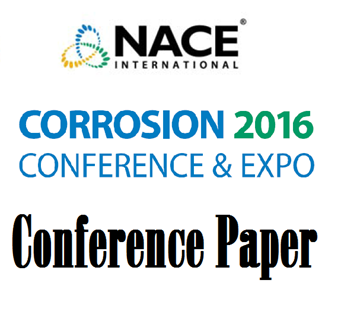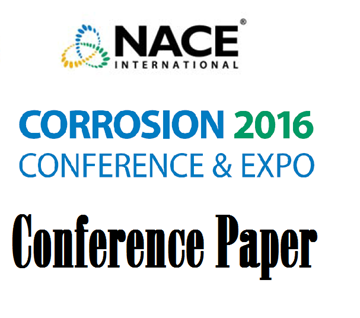Search
Science of Corrosion
View as
Sort by
Display
per page
51315-5646-Structure and Stoichiometry of Mixed Divalent Metal (Ca²+/Mg²?+Sr²+/Ba²+) Phosphonate Scale Inhibitor Complexes
Product Number:
51315-5646-SG
ISBN:
5646 2015 CP
Publication Date:
2015
$20.00
51315-6083-Don’t Just Blame the SRBs and APBs for MIC
Product Number:
51315-6083-SG
ISBN:
6083 2015 CP
Publication Date:
2015
$20.00
51316-7012-A Finite Element Model Of The External Corrosion Of Buried Pipeline Steel Under The Combined Influence Of Heat Transfer Cathodic Protection And Oxygen Diffusion In Surrounding Soil
Product Number:
51316-7012-SG
ISBN:
7012 2016 CP
Publication Date:
2016
$20.00
51316-7038-Corrosion of Metals in Treated Wood Examined by Synchrotron Based Xanes and XFM
Product Number:
51316-7038-SG
ISBN:
7038 2016 CP
Publication Date:
2016
$20.00
51316-7078-Internal Corrosion Direct Assessment Using Bayesian Networks Modeling With Limited Data-A Case Study
Product Number:
51316-7078-SG
ISBN:
7078 2016 CP
Publication Date:
2016
$20.00
51316-7083-The Role Of Local Chemistry Changes In Repassivation Of Localized Corrosion – A Review
Product Number:
51316-7083-SG
ISBN:
7083 2016 CP
Publication Date:
2016
$20.00
51316-7109-Marine Crevice Corrosion Of Stainless Steel Alloys Under Biofilmed And Sterile Conditions
Product Number:
51316-7109-SG
ISBN:
7109 2016 CP
Publication Date:
2016
$20.00
51316-7113-Relation Between Localized Corrosion And SCC In Nickel Based Alloys In HP/HT Oil And Gas Environments
Product Number:
51316-7113-SG
ISBN:
7113 2016 CP
Publication Date:
2016
$20.00
51316-7117-Biocide Injection to Eliminate the Risk of Bacterial Growth and Corrosion Failure in Non Internal Coated Pressure Safety Valve from an Eocene Sub Centre at Partitioned Zone (Kingdom of Saudi Arabia and Kuwait). – A Case Study
Product Number:
51316-7117-SG
ISBN:
7117 2016 CP
Publication Date:
2016
$20.00
51316-7121-Corrosion Induced Bridge Tendon Failures Resulting from Deficient Grout: Part I – Model Development
Product Number:
51316-7121-SG
ISBN:
7121 2016 CP
Publication Date:
2016
$20.00
51316-7128-Concept of Using Physics-Based Models for Real Time Corrosion Monitoring
Product Number:
51316-7128-SG
ISBN:
7128 2016 CP
Publication Date:
2016
$20.00
51316-7135-The pitting corrosion of titanium in aggressive environments
Product Number:
51316-7135-SG
ISBN:
7135 2016 CP
Publication Date:
2016
$20.00

